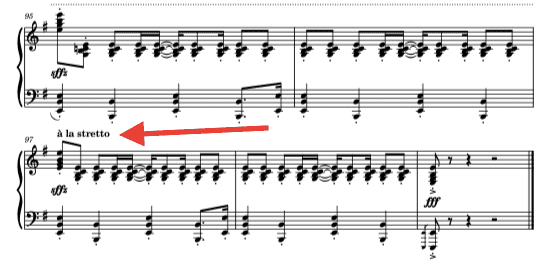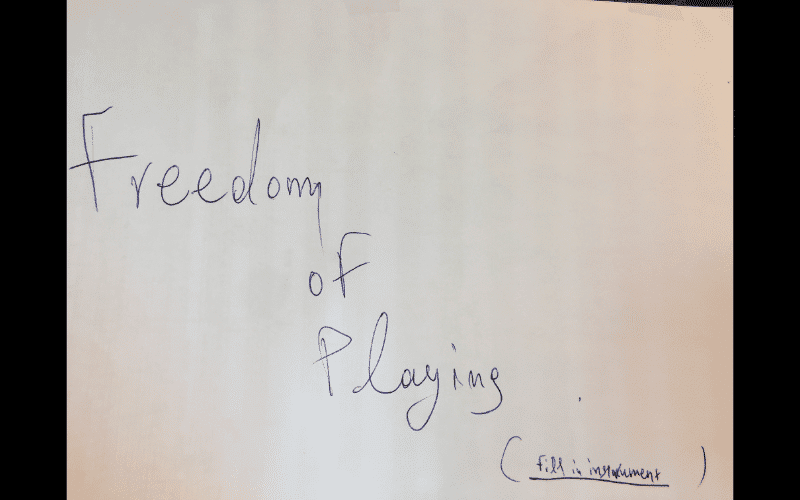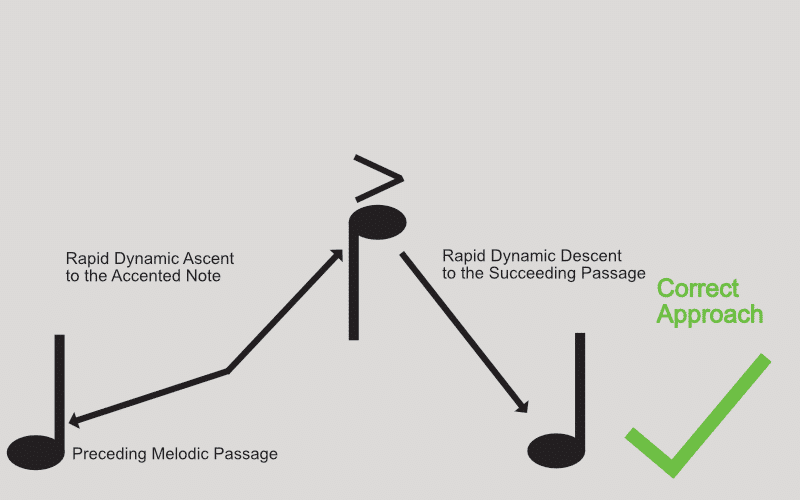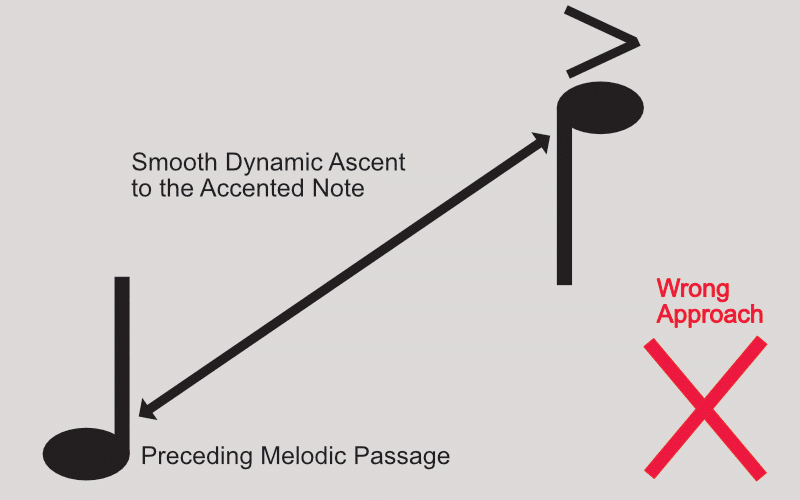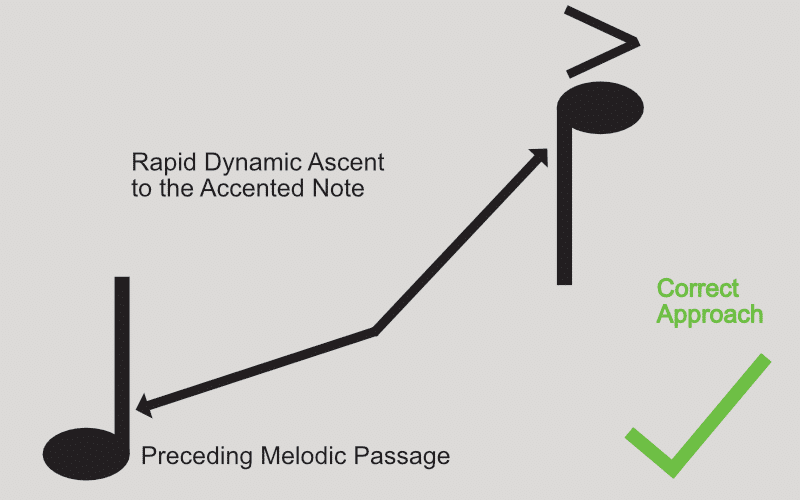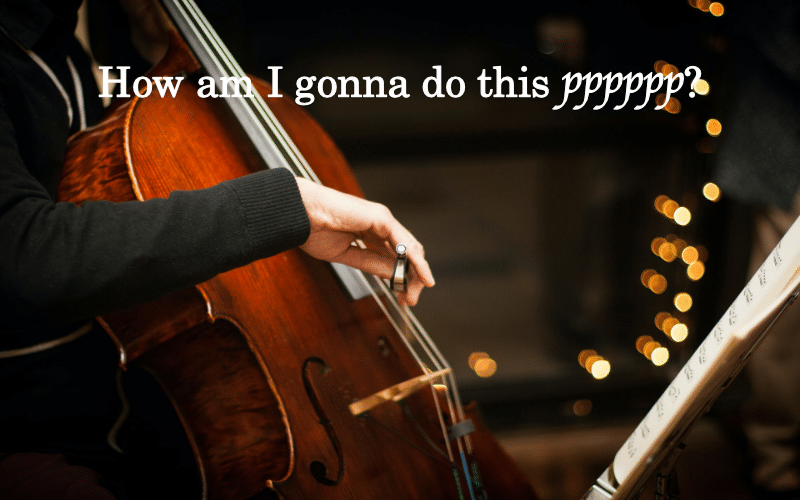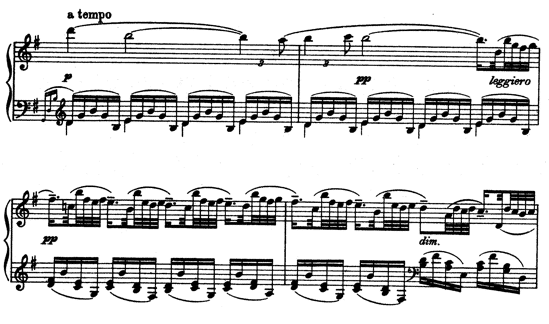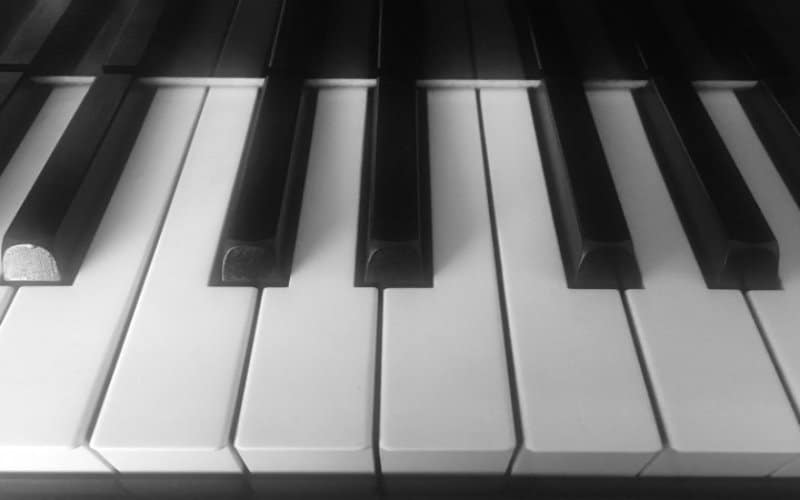
Will a Better Piano Make Us Better Pianists?
What an imbecilic question! Will a better piano make us better pianists? Really? What a preposterous notion to even ask this question. However, needless to say, that thousands of piano teachers believe, at least subconsciously, that a better piano doesn’t make better pianists. Well, in my opinion, definitely an electric piano won’t make us better at the piano. Wouldn’t you agree?
Apparently for some people, a classical, an acoustic, a proper, square piano is unnecessary in our quest to mastering the piano. For them an acoustic piano is, lo-and-behold, a luxury; something that only the well-offs could afford. Meanwhile, you can see those very people sporting a Mercedes in their weekend outings and then complaining that they cannot afford a piano for their child. Priorities, heh? For some people, we do not need an acoustic piano when taking up the piano – a digital keyboard would suffice to start you off, the say – but I guess you’re not one of them, are you? Of course, you are.
You are preaching too this extraordinary hocus-pocus philosophy that to play Wimbledon you should practice on a toy racket from Toys “R” Us. And you know why you do that? Because, you are not meant to be a great teacher—only just a few can. If all the piano teachers in the world were competent and not mediocre ignoramuses like you and me, then the notion of “great teacher” would have been too vague to grasp. The world simply needs incompetent, ludicrous teachers, with laughable guru-like ideations, like you and me. We are necessary in the musical world for many reasons; for example, to make sure that great professors get more money than us when they actually teach? Also, we are needed in order to solidify the notion that if you’re not a adequate musician, you will endlessly suffer in the piano arena—who could have been a better example than us?
So, from the very first time we meet our pupils, somehow, we must at all costs cement our frightful stature in the music world by proclaiming that they can learn the piano with a digital simulator. It’s impossible for some people to escape from their Darwinian instincts, and you can’t escape from your mediocrity either. Well, Darwin was right: the fittest will survive—but he forgot to say that the non-fittest will also survive but they will unfortunately make the lives of some pianists miserable in the process.
So, no, you cannot study the “piano” using a piano-like “toy” from Tesco or Walmart. No, you may not talk technique and nuances of sound if you practise Satie’s tired Gymnopédie No.1 on a plasticky, plastic “instrument”. No, you are not allowed to ask juvenile questions on piano groups on Facebook, and at the same time splashing 400 dollars on a swimsuit for you upcoming visit to Playa de Palma.
We need a classical piano at all costs my dear, save gullible friends. I’m not saying you should ask your student to buy the Steinway concert D in their first week of lessons, but you owe it to yourself and to your standing as a pedagogue to explain from day one that “your child won’t be able to learn the piano properly with an electric keyboard”.
I say those very same words on the first meeting with parents, and I have to admit that I have received in return some peculiar facial expressions and exclamations over the years. Well, hey-ho, who cares if they don’t come to study with me? Another, gullible, loutish and philistine parent will surely come my way.
Copyright © 31th of July 2022, by Nikos Kokkinis
===========


